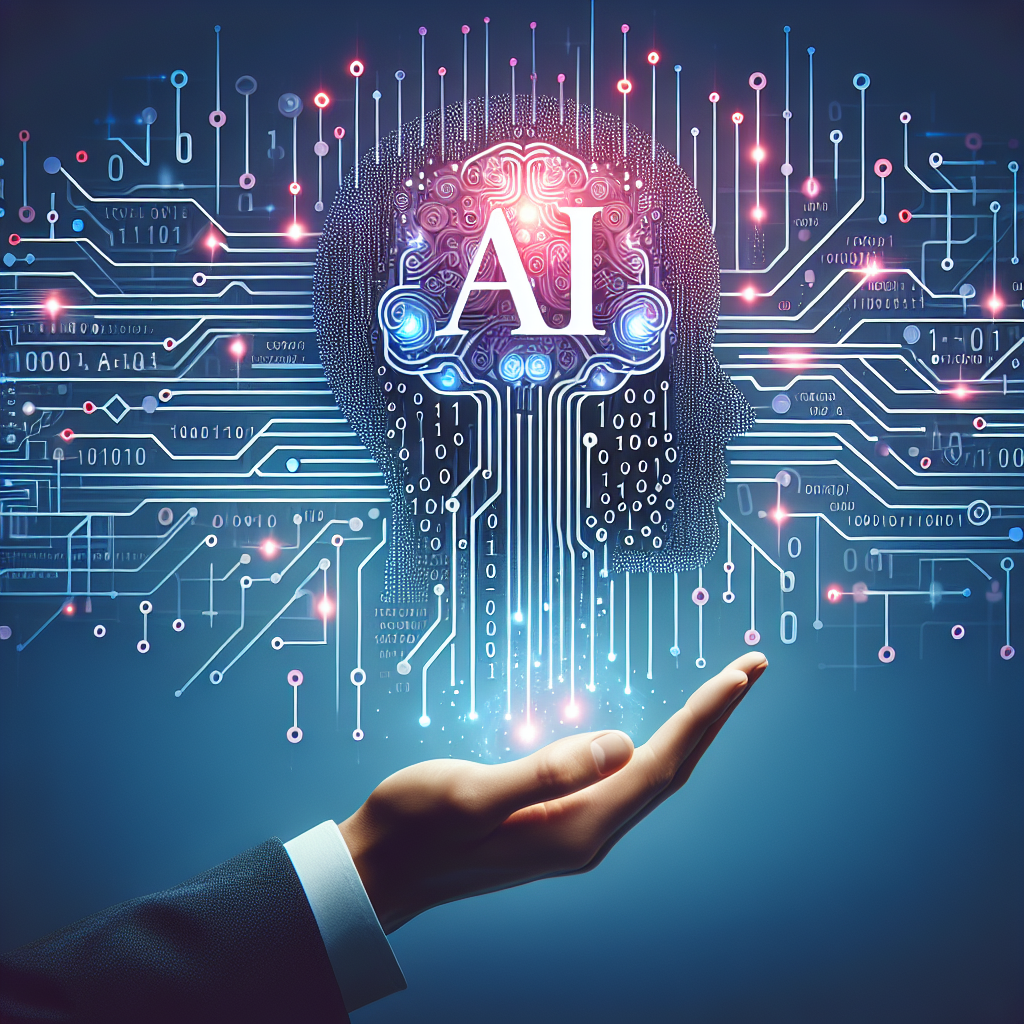Artificial Intelligence, commonly known as AI, is reshaping every aspect of our digital lives, from the recommendations we receive on streaming platforms to the way self-driving cars navigate busy streets. But have you ever wondered how AI truly works behind the scenes?\nTo unveil this modern magic, we must start with the basics. AI refers to systems or machines that mimic human intelligence to perform tasks and can improve themselves based on the information they collect. The core functionality of AI revolves around algorithms, which are sets of rules or instructions a computer follows to solve specific problems. These algorithms enable machines to recognize language, patterns, images, and even emotions.\nAt the heart of AI lies a subset called machine learning. Machine learning enables computers to learn from data without being explicitly programmed for every specific task. Imagine feeding thousands of cat photos into a machine. Over time, through a process called training, the system identifies patterns and features like fur, whiskers, and shape that typically define a cat. Once trained, the system can distinguish cat images from non-cat images with impressive accuracy.\nDeep learning is an advanced form of machine learning inspired by the structure of the human brain, utilizing artificial neural networks. These networks are composed of interconnected layers that process vast amounts of data. With deep learning, AI can handle more complex tasks such as understanding speech, translating languages in real-time, and even creating realistic artwork or music from scratch.\nBut how does AI process natural language – the way humans speak and write? Through Natural Language Processing (NLP), AI analyzes and interprets text and speech, breaking them down into components like syntax, context, and semantics. This enables chatbots to answer customer queries, voice assistants to follow instructions, and translation tools to interpret multiple languages fluidly.\nAI systems also rely upon large datasets known as big data. The more data an AI model receives, the better it gets at spotting trends, making predictions, and executing tasks. However, just as humans can learn biases, so can AI if the data it trains on is not balanced or representative. This is why ensuring ethical practices, transparency, and fairness in AI systems is crucial.\nAnother fascinating aspect of AI is computer vision. By training models on millions of images and videos, AI can detect objects, faces, and even emotions, revolutionizing industries such as healthcare – where AI helps radiologists identify anomalies in medical images – and the automotive sector, where it powers autonomous vehicles to understand their surroundings.\nBehind every AI decision lies massive computational power. Specialized hardware, including GPUs (Graphics Processing Units) and TPUs (Tensor Processing Units), processes data in parallel to drastically accelerate model training and inference. This technological leap allows AI to tackle previously impossible challenges with incredible speed and efficiency.\nDespite these advancements, AI is not without limitations. AI cannot “think” like humans, nor can it truly understand context or emotion in the same way we do. It follows patterns and makes predictions based on available data but lacks genuine consciousness or self-awareness, no matter how convincing its outputs may appear.\nIn conclusion, the magic behind AI is a blend of sophisticated mathematics, relentless data crunching, and state-of-the-art computing power, all working harmoniously. As AI continues to evolve, the synergy between human ingenuity and artificial intelligence is set to unlock innovations once thought to be the realm of science fiction.



